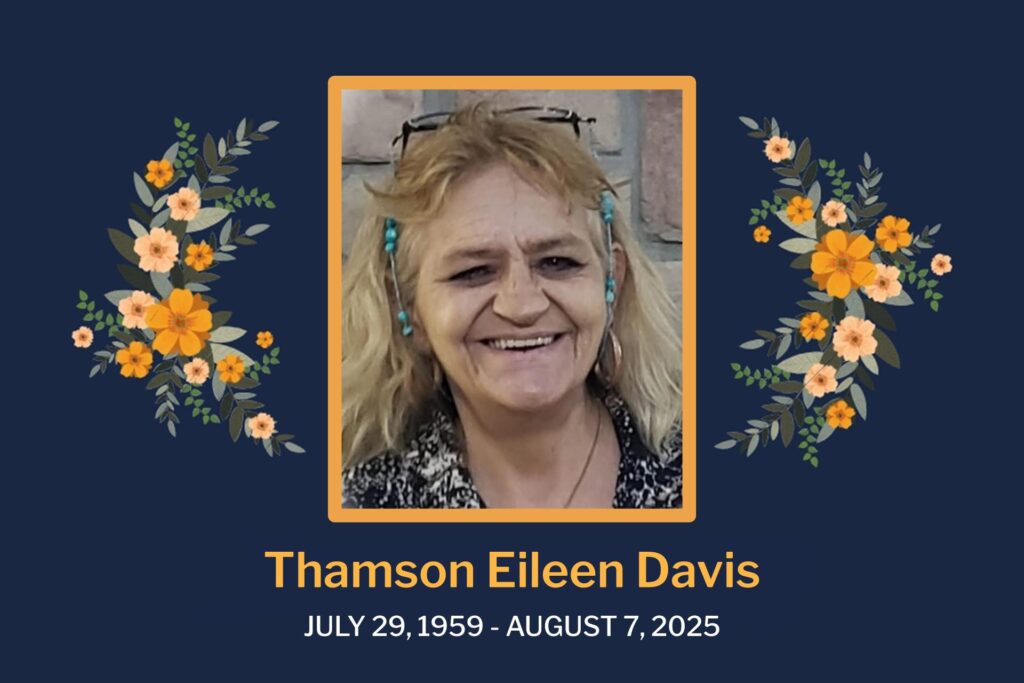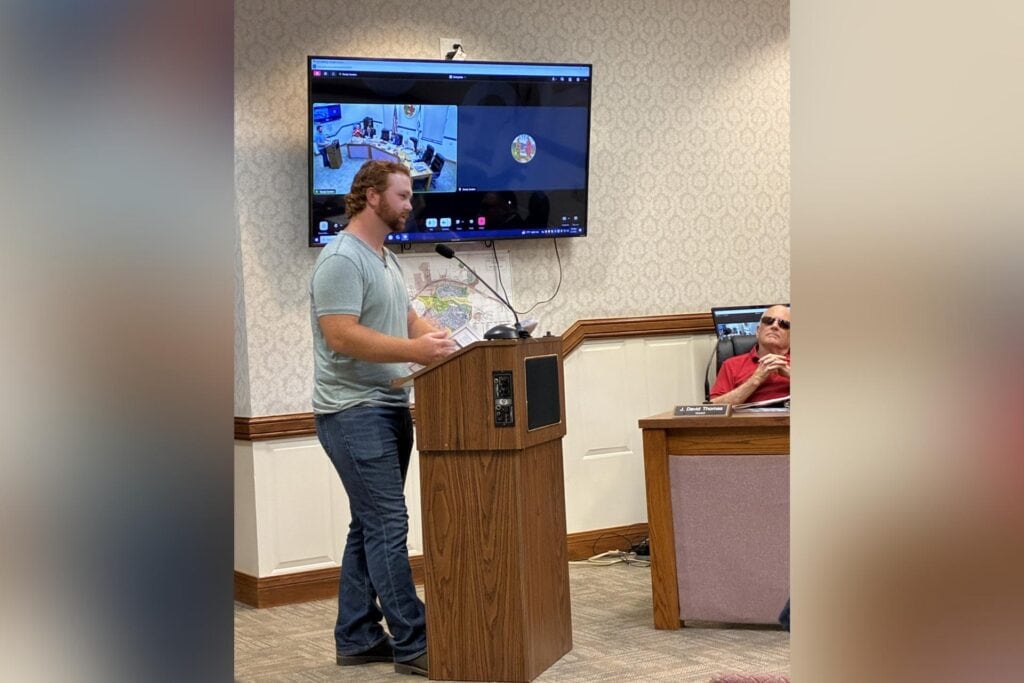Editor’s note: This is the second in a three-part series of stories marking August 2025 as National Emergency Preparedness Month. Read the first one here.
When an emergency strikes, most people look for help from police, firefighters, or EMS. But long before those first responders arrive, someone must make the plan, and that’s where emergency management comes in.
“We’re often the ones who ask, ‘What if?’ and then spend months preparing for something that hopefully never happens,” said Steve Wykoff, director of the Upshur County Department of Homeland Security & Emergency Management. “People don’t always understand why we’re investing in things we may not need. But if we do need them and don’t have them? It’s going to cost a lot more than just money.”
Upshur County follows an “all-hazards” emergency operations plan, meaning 80 to 90% of the response to any incident – including flooding, a hazardous materials disaster, civil unrest and more – remains the same. The rest is tailored through annexes specific to each hazard.
“That makes it easier for the responders,” Wykoff explained. “No matter what happens, they know the structure of the plan. We just adjust depending on the situation.”
Emergency management also ensures long-term recovery support, including mental health care after traumatic events.
“The crisis doesn’t end after the fire is out or the road reopens,” Wykoff said. “We incorporate that into our planning, too. PTSD and mental health needs can go on for years after an incident.”
Upshur’s emergency management team also prepares for civil unrest. Between May and June of 2025 alone, Wykoff said they had to plan for five separate protests.
“We want to make sure everyone can safely exercise their First Amendment rights while also keeping the peace,” he said. “Those are delicate situations that require coordination, not just reaction.”













